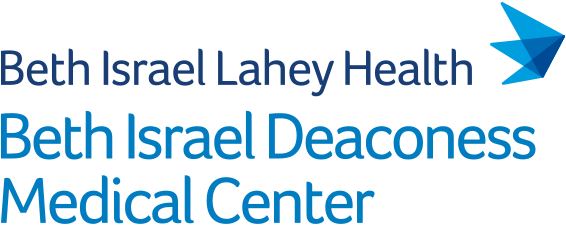Abstract
Cardiac sarcoidosis (CS) is a complex disease that can manifest as a diverse array of arrhythmias. CS patients may be at higher risk for sudden cardiac death (SCD), and, in some cases, SCD may be the first presenting symptom of the underlying disease. As such, identification, risk stratification, and management of CS-related arrhythmia are crucial in the care of these patients. Left untreated, CS carries significant arrhythmogenic morbidity and mortality. Cardiac manifestations of CS are a consequence of an inflammatory process resulting in the myocardial deposition of noncaseating granulomas. Endomyocardial biopsy remains the gold standard for diagnosis; however, biopsy yield is limited by the patchy distribution of the granulomas. As such, recent guidelines have improved clinical diagnostic pathways relying on advanced cardiac imaging to help in the diagnosis of CS. To date, corticosteroids are the best studied agent to treat CS but are associated with significant risks and limited benefits. Implantable cardioverter-defibrillators have an important role in SCD risk reduction. Catheter ablation in conjunction with antiarrhythmics seems to reduce ventricular arrhythmia burden. However, the appropriate selection of these patients is crucial as ablation is likely more helpful in the setting of a myocardial scar substrate versus arrhythmia driven by active inflammation. Further studies investigating CS pathophysiology, the pathway to diagnosis, arrhythmogenic manifestations, and SCD risk stratification will be crucial to reduce the high morbidity and mortality of this disease.
PubMed

